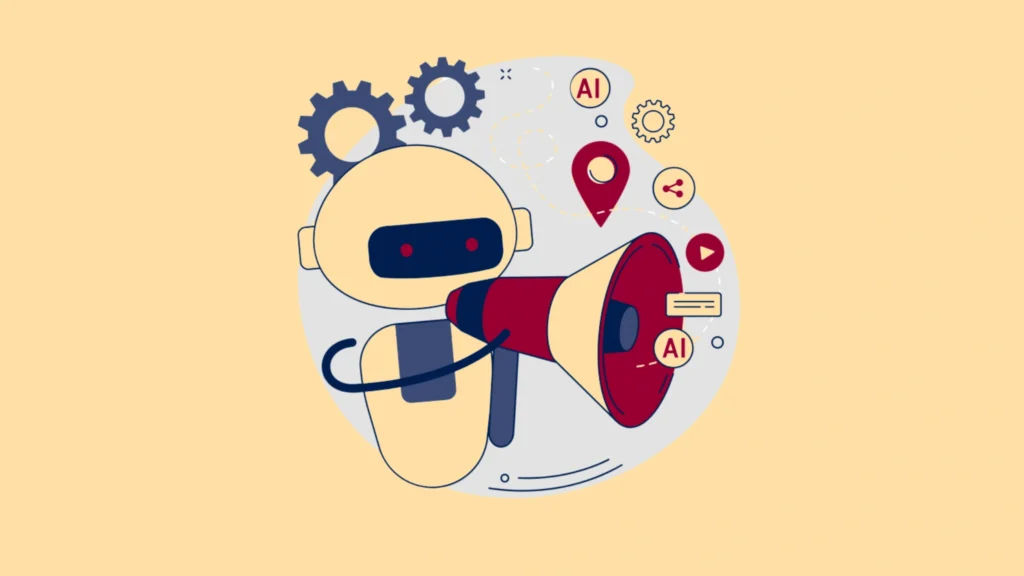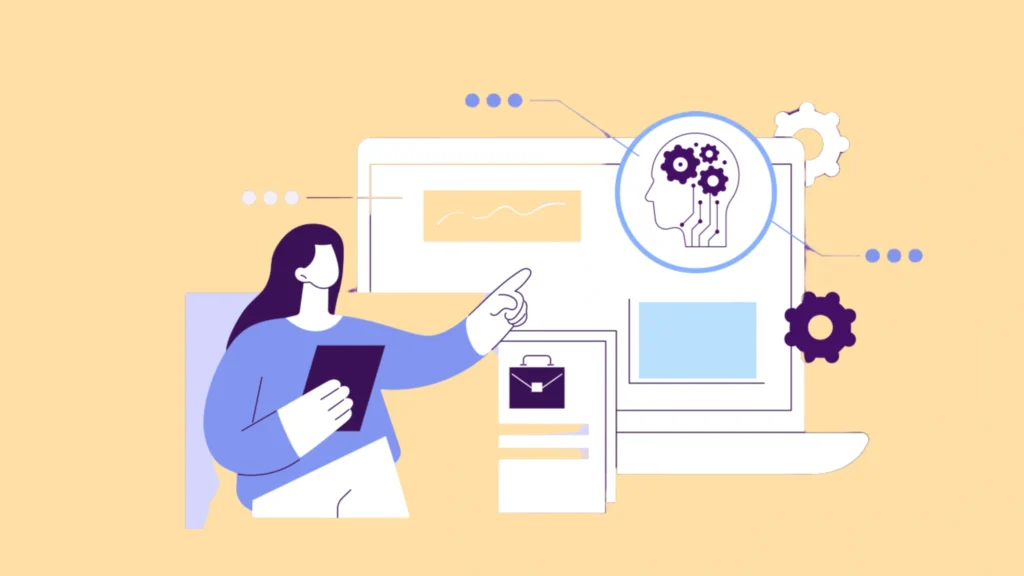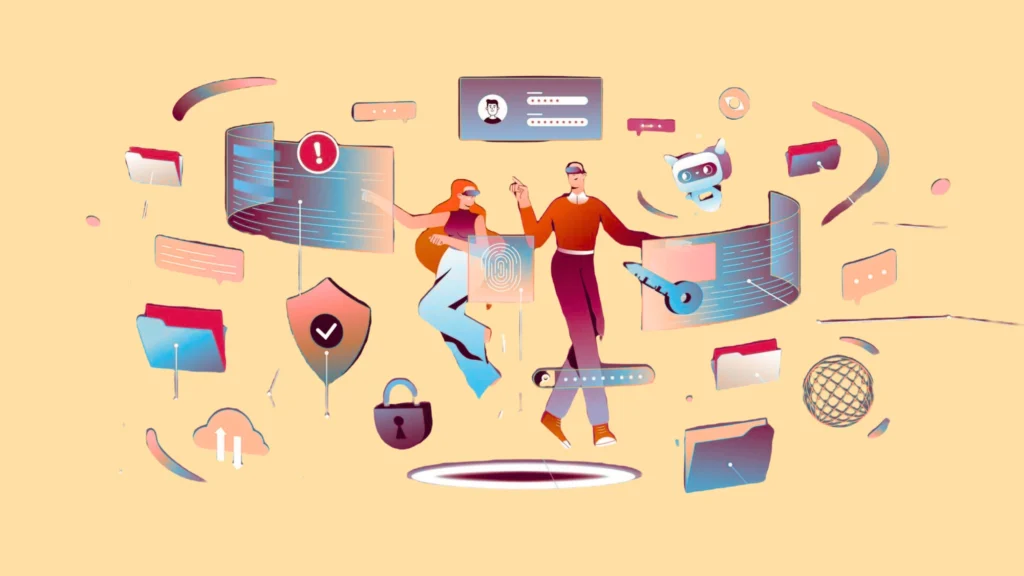Chat GPT detector claim 99% accuracy, but reality tells a different story. Their failure rate is much higher than expected. A newer study, published by Stanford University shows that seven popular GPT detectors failed spectacularly. Simple text modifications caused their detection rates to drop to a mere 3%.
These detection tools analyze text patterns like “perplexity” and “burstiness.” The results are troubling. Tests on 91 practice English TOEFL essays from non-native speakers showed that all but one of these essays were wrongly identified as AI-generated by at least one detector. Such high false-positive rates cast doubt on these tools’ reliability.
In this piece, we’ll get into the mechanics of these detection tools and their shortcomings. The discussion will cover what their limitations mean to AI content detection. We’ll also look at the technical hurdles that make accurate detection so challenging.
How Chat GPT Detector Actually Works

AI content detection tools use smart algorithms to spot machine-generated text. These tools look at text characteristics through three main methods.
Text Perplexity Scoring System
Perplexity measures how “surprised” an AI model gets when it sees new text. Human-written text typically shows higher perplexity scores, while AI-generated content shows lower ones. The content’s predictability determines perplexity and scores above 85 points to human authorship.
Burstiness works alongside perplexity to measure writing style changes. Human writers naturally mix up their sentence structure and word choices, which leads to higher burstiness scores. AI-generated text shows lower burstiness scores because it sticks to predictable word patterns.
Pattern Recognition Algorithms
These detectors rely on machine learning and natural language processing to spot patterns. They look at:
- Sentence structures and complexity
- Contextual coherence
- Vocabulary usage patterns
- Grammatical constructions
- Writing style variations
The detector gives a confidence score based on patterns it finds in AI-generated content. Just like BERT’s bidirectional approach, the analysis reviews words before and after to grasp context.
Chat GPT Detector: Statistical Analysis Methods
Statistical analysis serves as the foundation of AI detection systems. The process starts by breaking content into measurable features, such as sentence length, complexity, and vocabulary usage. These tools run various statistical tests to spot AI-generated text.
Word frequency analysis stands out as a key method. AI-generated text tends to overuse common words like “the,” “it,” or “is” instead of unique or unusual ones. On top of that, it rarely has typos, unlike human-written text that naturally contains occasional mistakes.
Text length affects detection accuracy substantially. While these tools can hit up to 80% accuracy in perfect conditions, they don’t work as well with shorter texts or newer AI models.
Accuracy Test Results of Leading Detectors

Top AI detection companies boast accuracy rates of 98% or higher. But real-life testing tells a different story.
Test Methodology
The latest tests use many ways to check how well AI detectors work. The research team looked at both human and AI writing in different languages. A key study paired human and AI text samples to compare them. The team checked precision, recall, and F1 scores to see how often these tools make mistakes.
Chat GPT Detector: Performance Metrics
These detectors don’t all work the same way. English text detection tools hit 95% or better accuracy. XGBClassifier leads the pack with 96.8% accuracy for English content. The numbers drop when we look at other languages – Serbian tests only reach 85% accuracy.
A complete test of five big AI detectors showed mixed results:
| Detector | Sensitivity | Specificity |
| OpenAI | 100% | 0% |
| GPTZero | 93% | 80% |
| Copyleaks | Lower | High |
| CrossPlag | Moderate | 100% |
False Positive Rates
False positives are the biggest problem right now. Turnitin, a leading tool in this space, says its document-level false positive rate stays under 1% when texts have 20% or more AI content. This means their sentence-level false positive rate hits about 4%.
Bloomberg tested GPTZero and CopyLeaks with 500 pre-AI era essays and found false positive rates of 1-2%. This is a big deal as it means thousands of essays from a pool of 223,500 could be wrongly marked as AI-written. The Washington Post found that Turnitin missed 6 out of 16 test samples and flagged parts of human writing as AI-generated.
ZeroGPT’s results show a clear bias with 1,642 false positives versus just 191 false negatives, suggesting it often mistakes human writing for AI content. This shows how hard it is to get reliable detection that works for different writing styles.
Chat GPT Detector: Why Current Detection Methods Fail
AI-generated content detectors have serious flaws in how they identify artificial text. Technical limitations and design biases create these shortcomings.
Language Pattern Limitations
AI detectors fail because they look at surface-level text features instead of validating actual content. These tools analyze patterns and statistics but can’t trace content back to its exact origin time and settings.
Pattern recognition algorithms struggle with:
- Nuanced language and cultural references
- Creative expressions and idiomatic phrases
- Complex contextual understanding
- Emotional and tonal variations
These detectors don’t truly understand text – they just exploit statistical patterns from their training data. Simple text changes or prompt engineering can easily fool them. A researcher showed that adding the word “cheeky” to prompts helped bypass detection 80-90% of the time.
Chat GPT Detector: Training Data Biases
Current detection methods show systematic bias against certain groups, which is their most troubling aspect. Studies found that detectors wrongly labeled 61.22% of non-native English speakers TOEFL essays as AI-generated. The situation gets worse – 97% of these essays were flagged by at least one detector.
Several factors create this bias:
- Detectors use perplexity metrics where non-native speakers naturally score lower
- Limited datasets don’t represent diverse populations
- Algorithms contain unfair biases toward specific groups based on inherent attributes
These problems go beyond language barriers. Neurodivergent students with autism, ADHD, or dyslexia face higher flagging rates. This happens because their writing often contains repeated phrases that these tools link to AI-generated text.
The biggest problem lies in how detectors rely on perplexity measures like lexical richness, diversity, and syntactic complexity. Non-native speakers typically score lower on these metrics, so the tools mistake their genuine human writing for machine-generated text. These biases can lead to unfair accusations and penalties, especially in academic and professional settings.
Technical Limitations of AI Detection

AI detection tools mostly use black-box solutions. These tools face unique technical hurdles that limit how well they work. Such constraints affect how well we can spot AI-generated content.
Chat GPT Detector: Model Architecture Constraints
The biggest problem stems from the detection models’ black-box nature. Yes, it is true that these systems can achieve high accuracy rates, but developers can’t explain why they work. This lack of transparency creates several critical limits:
- No way to explain detection decisions
- Poor grasp of internal processing
- Hard to prove the results right
- Tough to make models better
MSE (mean square error) metric causes many detection inaccuracies. We used it in AI training, but it falls short when evaluating abstract concepts like truth and authenticity in text.
Processing Capability Gaps
Today’s detection tools face major processing limits. This comparison shows key capability gaps:
| Capability | Current Status | Impact on Detection |
| Pattern Analysis | Limited to known patterns | Miss evolving AI techniques |
| Context Understanding | Surface-level only | Cannot detect nuanced content |
| Real-time Processing | Resource intensive | Delayed detection results |
These tools struggle with data pattern changes. They often fail to make accurate predictions when inputs differ from training data. OpenAI ended up shutting down its detection software because it wasn’t accurate enough.
Real-time Analysis Challenges
Real-time AI detection comes with its own set of problems. Tasks that can’t fail just need quick and accurate results. Current systems face several roadblocks:
- Processing Speed vs. Accuracy Trade-offs
- Resource Allocation Limits
- Integration with Existing Systems
- Scalability Issues
Detection tools need longer text samples to work reliably. To name just one example, Turnitin raised its minimum word count from 150 to 300 words. This limit substantially affects real-time detection abilities.
Hybrid content mixes AI-generated text with human edits, making things harder. One test showed wildly different detection results – from 100% AI-generated to only 30% of the text flagged with 90% confidence. Such inconsistencies show technical limits in processing mixed-source content.
Newer AI models like GPT-4 make detection even tougher. Studies show detectors work better with GPT-3.5-generated content compared to GPT-4. This gap suggests detection tools fall behind as AI text generation gets better.
Future of AI Content Detection

Research teams globally develop innovative approaches to curb the limitations of current AI detection systems. The lifeblood of next-generation detection tools combines TF-IDF strategies with sophisticated machine-learning algorithms.
Emerging Detection Technologies
Advanced detection systems now incorporate Bayesian classifiers, Stochastic Gradient Descent, and Categorical Gradient Boosting among multiple instances of Deberta-v3-large models. This multi-model approach distinguishes between human and AI-generated text with superior performance.
Columbia University’s research team has made a breakthrough with their novel method that exploits common writing patterns. Their technology shows that human-generated text goes through more rewriting than AI-generated content when processed through machine learning algorithms. The results have been remarkable, with F1 detection score improvements reaching up to 29 points.
The University of Maryland has developed a promising watermarking technique. This method embeds secret signals within AI-produced text that allow computer programs to detect AI authorship with near-perfect certainty.
Hybrid Detection Systems
Hybrid systems that combine multiple approaches represent the future of detection:
- Behavioral Analysis Integration
- Mouse movement patterns
- Time spent per question
- Keyboard interaction metrics
- Response time analysis
These systems identify subtle patterns that single-method detectors might miss. The University of British Columbia’s research shows that combining multiple detection methods delivers more reliable results than standalone tools.
| Detection Approach | Key Features | Effectiveness Rate |
| Standard Tools | TF-IDF + ML | <citation index=”4″ link=”https://www.atlas.org/blog/artificial-intelligence/next-gen-ai-detection-benchmarking-chatgpt-o1” similar_text=”Recent accuracy assessments have shown varying success rates among different detection technologies: |
| Basic Analysis | Pattern Recognition | <citation index=”4″ link=”https://www.atlas.org/blog/artificial-intelligence/next-gen-ai-detection-benchmarking-chatgpt-o1” similar_text=”Recent accuracy assessments have shown varying success rates among different detection technologies: |
| Advanced Analysis | Deep Learning | <citation index=”4″ link=”https://www.atlas.org/blog/artificial-intelligence/next-gen-ai-detection-benchmarking-chatgpt-o1” similar_text=”Recent accuracy assessments have shown varying success rates among different detection technologies: |
| Premium Service | Hybrid Methods | <citation index=”4″ link=”https://www.atlas.org/blog/artificial-intelligence/next-gen-ai-detection-benchmarking-chatgpt-o1” similar_text=”Recent accuracy assessments have shown varying success rates among different detection technologies: |
Up-to-the-minute data analysis technologies mark another vital advancement. These systems detect and address suspicious activity as it occurs, unlike traditional post-analysis methods. This immediate response capability helps you maintain content integrity on platforms of all sizes.
The RAID measure, developed by leading researchers, serves as the first standardized testing platform for AI detection tools. This complete dataset contains over 10 million documents of various content types and enables unbiased evaluation of detector performance. Prominent companies like Originality.ai started using RAID to identify and address previously hidden vulnerabilities in their detection systems.
Text analysis integration with behavioral analytics creates a more complete validation framework. This approach exceeds simple textual evaluation by incorporating user interaction patterns for more accurate detection. Expert judgment combined with automated detection still delivers optimal results, as researchers emphasize.
Conclusion
ChatGPT detectors face a turning point today. These tools have major flaws – they often flag legitimate content and show unfair bias against non-native English speakers. Stanford researchers proved this point when they found these detectors only caught 3% of AI content after basic text changes.
Current detection methods don’t work well because they look at surface-level patterns instead of validating actual content. These systems operate like black boxes, which makes it sort of hard to get one’s arms around how they make decisions or improve them.
The future looks brighter with hybrid detection methods. We could see more reliable systems that combine behavioral analysis, watermarking, and advanced machine learning. Human judgment is the most important part – automated systems can’t match expert evaluation when it comes to content validation.
AI detection tools help flag potential issues, but we shouldn’t treat them as absolute proof. The best path forward needs balanced solutions that think over both tech capabilities and human expertise. This approach ensures fair content validation works for everyone.



